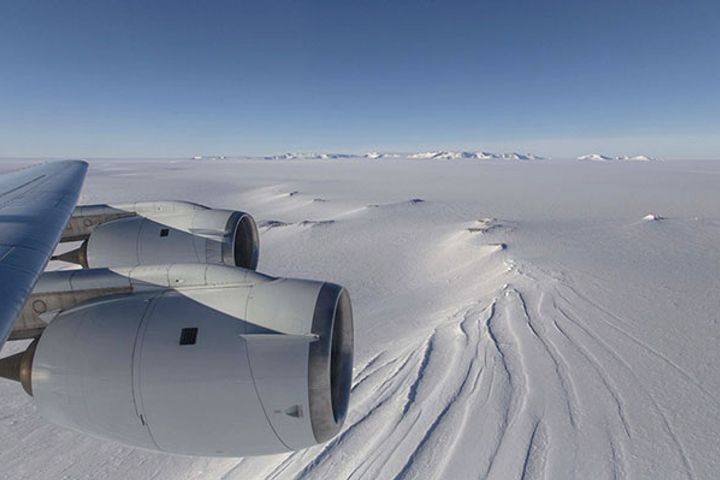 China to Build Its First Permanent Airport in Antarctica
China to Build Its First Permanent Airport in Antarctica(Yicai Global) Oct. 29 -- China is set to launch an expedition to the South Pole with the goal of opening the country's first permanent airbase on the icy continent.
The country's icebreaking research vessel, the Xue Long, meaning Snow Dragon in English, will take a team to Antarctica.
The project is no less difficult than building a research station there, an insider told Science and Technology Daily, the official news outlet of China's science ministry.
The specific site requirements will bring a key challenge. The site lies on an ice sheet which is like a huge blanket covering the continent except being constantly on the move. The top priority for such a project is to find an ice sheet which moves at a rate as low and as stably as possible. China started an ice flow field observation a year ago for the project.
Tens of meters of thick soft snow on the ice sheet will also provide another obstacle. The snow cannot support take-off and landing, so a surface rebuild is necessary. The rebuild process will require the use of snow shovel and blower to process the snow, then it will be compressed to develop a grained-snow surface with high friction.
The airport is not big compared with China's domestic ones, but it still needs high standards in terms of navigation, communication, and weather support systems. China has set up an automatic meteorological observatory at the candidate site to accumulate weather-related information to solve the issues.
China, as a major Antarctic researcher and explorer, must ensure logistical support for independent regional activities, so the new airport is very important. It conveys China's Antarctic strategic needs, scientific research demands, and provides the necessary conditions for China to gain a say in Antarctician airspace management, the insider said.
The new airport's construction means that the Snow Eagle 601, China's first polar fixed-wing aircraft, will have an Antarctician home, which will familiarize China with the Antarctic airport management, build a south pole air network system, and provide support for future Chinese large aircraft and squadrons.
Editor: William Clegg